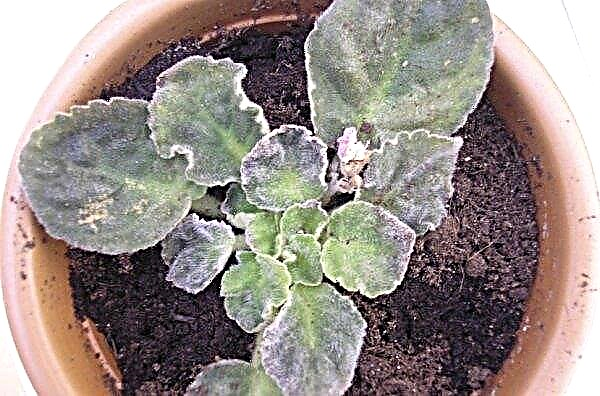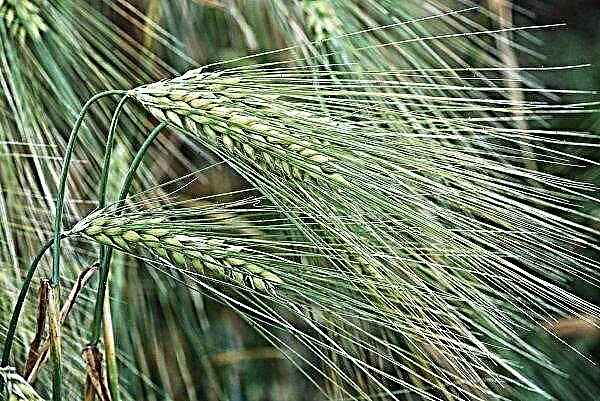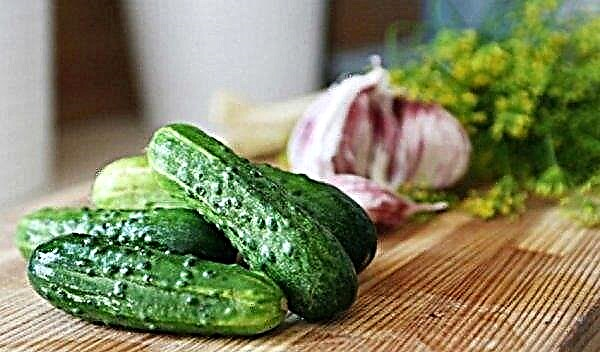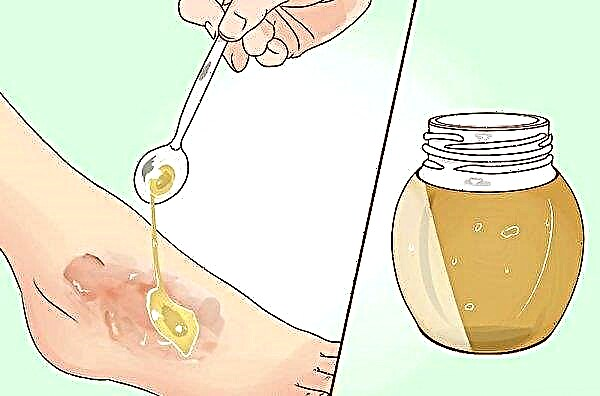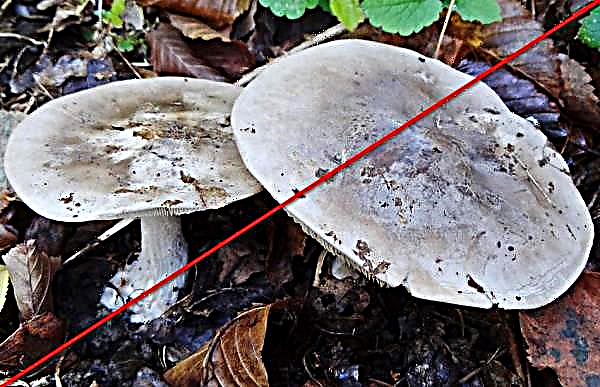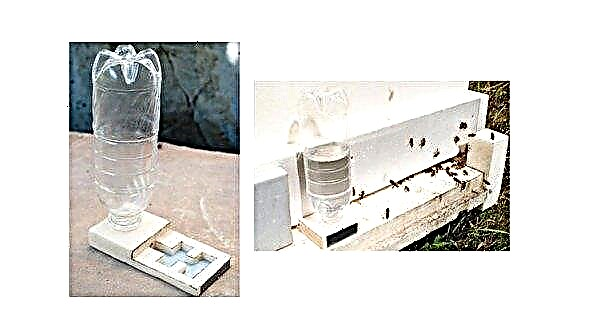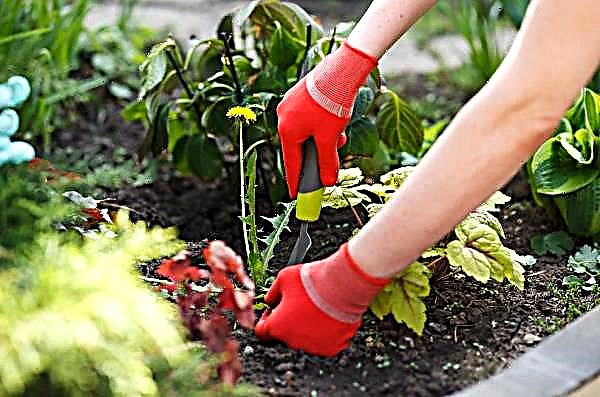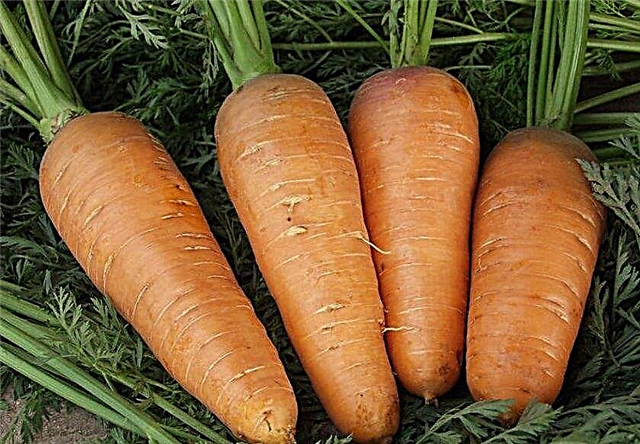In the watermelon season, lovers of this berry not only pamper themselves with sugar pulp, but also make preparations from it. At home, watermelon pieces can be pickled with citric acid or salted. Such preservation will be in the winter an excellent side dish for various dishes. For her, fruits that are ripe, but have not become sweet, are suitable.
Selection and preparation of ingredients
For consumption and preservation, it is important to be able to choose a quality watermelon. When buying, attention should be paid to sanitary standards. The seller should equip the outlet with a pallet and canopy protecting the products, and not just roll watermelons into a pile on the ground. Medium-sized specimens should be selected, and large fruits should be avoided.
They must be free from stains, dents, cracks and other damage. It should be noted that this large berry accumulates a lot of nitrates in itself, therefore it is necessary to grow it, observing the norms of fertilizer application. But do not rely on the integrity of manufacturers who often pump their products with nitrates. To determine a good or bad product is not possible in the laboratory.
Important! In case of violation of the integrity of the watermelon in the sweet pulp, bacteria multiply actively, which can cause poisoning.
You should first buy a trial copy and take a closer look. It should have a yellow spot on its side and a dried tail - these are signs of a ripe watermelon. The strips should be clearly pronounced, as their blur will indicate the presence of an excess of nitrates. The test fetus should also be checked at home.
To determine its quality, you can use the following methods:
- Cut to the middle a piece of watermelon. If thick light streaks are observed on it, then the fetus contains a lot of nitrates. The darker tip of the piece will say the same in comparison with the lighter color near the crust.
- Cut a little pulp from a piece and place in a glass with water, stir. If after a while it acquired a bright pink color, then the product is nitrate. A good fetus will only cause turbidity of the liquid.
If the trial watermelon has passed the test, then you can taste it and buy more fruits for canning. Before you start canning, watermelons should be washed well and cut into large pieces, which will crawl into a jar.
Recipes for watermelon in jars of citric acid for the winter
There are various recipes for preserving this berry. Here are simple ways to preserve without sterilization.
Important! In order not to burn your hands, you should use oven gloves or a thick kitchen towel.
Red pieces of pickled or salted watermelon look appetizing not only in the photo, but also on the table.
The classic way in banks without sterilization

3 cans of 1 l40 min
lemon acid
0.5 tsp
Nutritional value per 100 g:
- Cut the washed fruit into pieces that are conveniently placed in a jar. Place the chopped pieces in a jar, toss spices (pepper and bay leaf).
- Boil water and pour in a jar. Close the top with a sterilized lid and let stand for 5 minutes.
- Then pour boiling water separately into the pan.
- Put the pan with the drained liquid on the stove and bring to a boil. In the process of cooking, throw sugar, salt, and at the very end mix citric acid.
- Use a ladle to pour the marinade into a glass container and seal it tightly with a lid. You can close it with a rolling key or use screw caps.
- Put the jar on the floor with the lid down and insulate with a blanket. When the preservation cools down, move to a permanent place for storage.

Did you know? Watermelons contain citrulline, which improves blood circulation, promotes better tissue regeneration and prevents the accumulation of fat.
Salting Watermelon
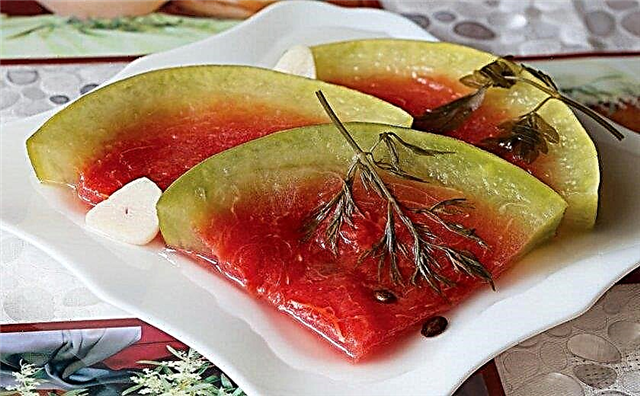
3 cans of 1 l4 hours
black peppercorns
5 pieces.
- Cut the washed berry along the rings to a thickness of about 3 cm. Each resulting circle is cut into triangles once, removing the watermelon peel.
- At the bottom of sterile jars put peeled and chopped garlic, peas and hot peppers.
- Arrange the watermelon slices in containers.
- Pour water into a pot and boil. Pour jars with slices.
- Drain the liquid from the can into the pan. Put on fire by adding sugar and salt. Boil over low heat for 10 minutes. Pour in the vinegar and cook for another 5 minutes.
- With hot brine, slowly fill the glass container and roll up.
- Turn the jar upside down and insulate with a blanket. When the preservation cools down, move to a permanent place for storage.

Storage Features
Store preservation in jars with tightly corked lids in a cool dark place - cellar, basement, underground. Pickled hermetically sealed product can be kept in the pantry. Shelf life no more than 2 years. Preservation from well-selected watermelon fruits will be not only tasty, but also beneficial.
Marinating and pickling will make an excellent harvest even from fruits that have not gained sweetness, but it is better, of course, to choose a ripened quality product. Preservation without using the sterilization method will not take much time and effort.


